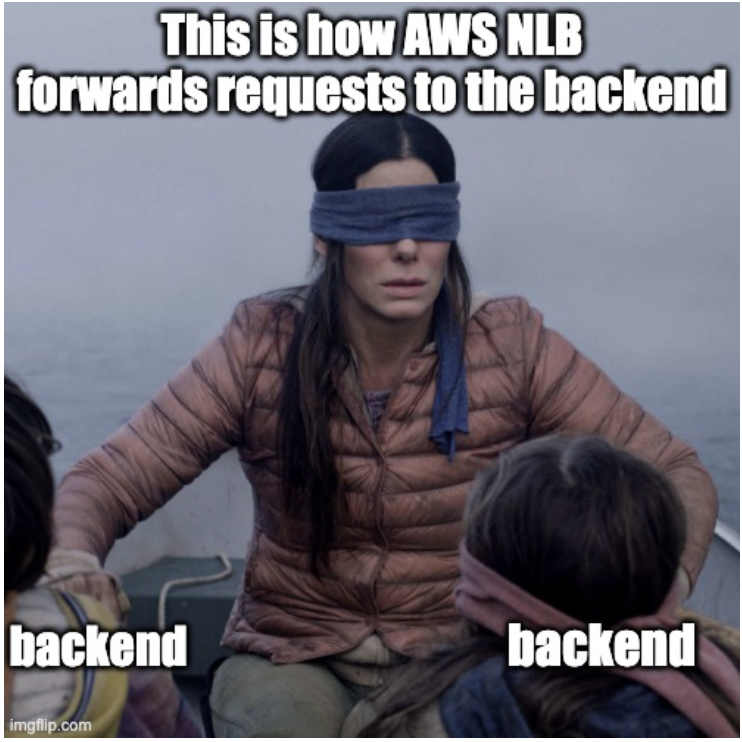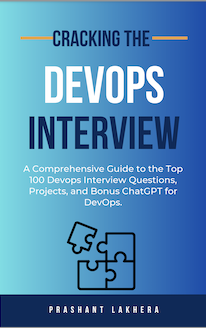Choosing between an AWS Application Load Balancer (ALB) and a Network Load Balancer (NLB) involves understanding each's key features and use cases. Your decision will largely depend on your application's requirements in terms of scalability, protocol support, and the level of control needed over routing and load distribution.
✅ AWS Application Load Balancer (ALB)
✔️ Use Case: Ideal for HTTP/HTTPS traffic, ALB is designed to handle advanced request routing, including routing based on the request's content. This makes it perfect for modern application architectures, including microservices and container-based applications.
✔️ Features:
1️⃣ Supports path-based and host-based routing.
2️⃣ Can route requests to multiple services or containers.
3️⃣ Offers native HTTP/2 and WebSocket support.
4️⃣ Integrates with AWS WAF (Web Application Firewall) for added security.
5️⃣ Provides detailed metrics and logging capabilities.
✔️ Decision Factors:
1️⃣ You need application-level (Layer 7) load balancing.
2️⃣ Your application requires content-based routing.
3️⃣ You're utilizing microservices or serverless architectures.
✅ AWS Network Load Balancer (NLB)
✔️ Use Case: NLB is suitable for TCP, UDP, and TLS traffic where high performance, low latency, and the handling of volatile workloads are required. It operates at the connection level (Layer 4), making it a good fit for load-balancing TCP traffic, achieving high throughput and ultra-low latencies.
✔️ Features:
1️⃣ It can handle millions of requests per second.
2️⃣ Supports static IP or Elastic IP addresses for each Availability Zone.
3️⃣ Operates at the transport layer, offering connection-based load balancing.
4️⃣ Provide health checks to ensure traffic is only routed to healthy targets.
✔️ Decision Factors:
1️⃣ Your application needs transport-level (Layer 4) load balancing.
2️⃣ High performance and low latency are critical requirements.
3️⃣ You need to work with non-HTTP protocols or require direct access to the IP protocol data.
✅ Making the Decision
Your choice between ALB and NLB should consider the specific needs of your application, including the protocols used, the level of control and routing specificity required, and performance considerations. ALB will be the way to go for applications heavily reliant on HTTP/HTTPS with complex routing needs. On the other hand, for applications that demand high performance, low latency, and support for protocols other than HTTP/HTTPS, NLB is the better choice.
📚 If you're interested in more in-depth explanation of these topics, please check out my new book "Cracking the DevOps Interview"
https://pratimuniyal.gumroad.com/l/cracking-the-devops-interview








Top comments (0)